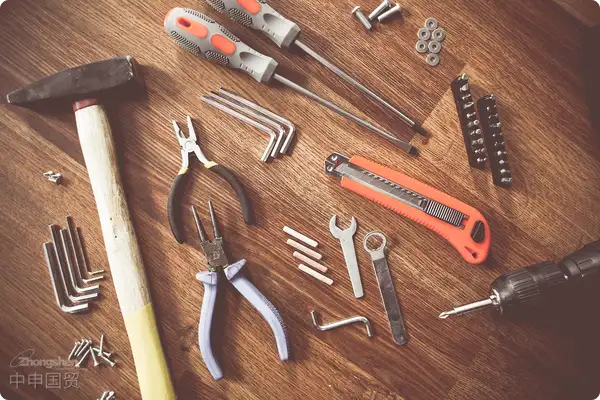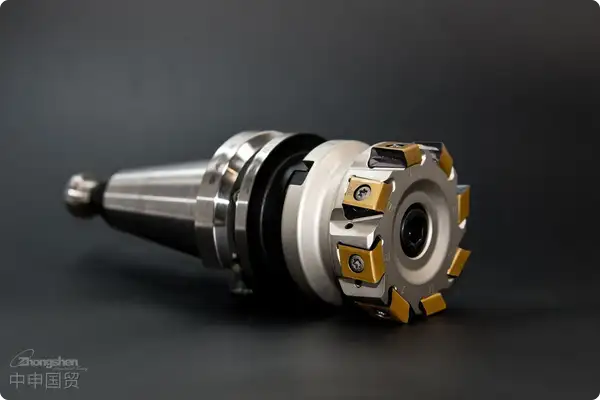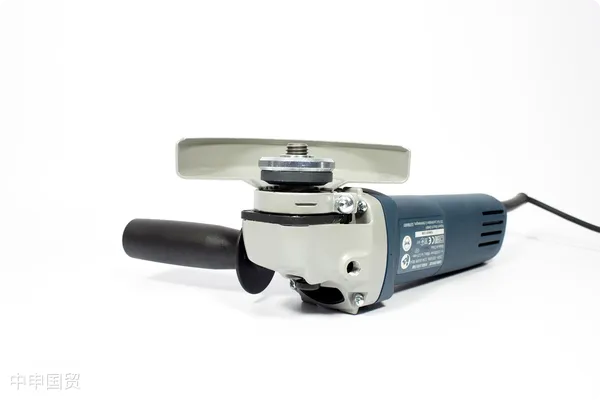- Shanghai Zhongshen International Trade Co., Ltd. - Two decades of trade agency expertise.
- Service Hotline: 139 1787 2118

Amid the ongoing upgrades in global high-end manufacturing, micrometers as a core category of precision measuring tools have become key procurement items for industries such as automotive manufacturing and aerospace.Medical EquipmentThe U.S. market, with its vast industrial scale and stringent quality inspection standards, accounts for 32% of global micrometer imports (per IBISWorld 2023 data), but complex trade barriers also leave many Chinese enterprises facing clearance challenges. This article will analyze the core pain points of exporting micrometers to the U.S. and elaborate on professional agency services as a solution.
I. Micrometersfor containers exported to the USThree Major Challenges and Countermeasures
Internationally - recognized Safety StandardsTechnical Compliance Certification System
The U.S. National Institute of Standards and Technology (NIST) requires micrometers to pass ISO 17025 calibration laboratory certification and provide traceable metrology certificates. Our company collaborates with U.S. local certification bodies to offer pre-inspection services tailored to standards such as ASTM E29 and ASME B89.1.16, reducing the certification cycle from the conventional 45 days to 21 days.
Regional Mandatory CertificationsTariff and Trade Policy Strategies
Under U.S. HTS code (9017.80.0000), the import tariff rate for micrometers is 4.2%, but additional Section 232 steel and aluminum product taxes (25%) must be monitored. Our intelligent classification system accurately identifies material composition ratios. By optimizing procurement location proofs for stainless steel components, we successfully reduced tax expenses by 19.8% for a Suzhou-based enterprise.
Cultural and Religious NormsLogistics Precision Protection Requirements
Micrometers must maintain ±2μm environmental stability during transport. We employ a three-tier protection system: EPE shock-absorbing lining + temperature-controlled casing + real-time temperature/humidity tracking chips, ensuring products pass ANSI/ASQ B89.1.13 standard inspections upon U.S. arrival.
II. End-to-End Services to Enhance Export Efficiency
Internationally - recognized Safety StandardsFront-End Risk Control
- Establishing a supplier compliance database to automatically screen restricted substances like RoHS and REACH
- Pre-reviewing technical documents: including but not limited to product drawings, material declarations, and test report templates
Regional Mandatory CertificationsCustoms Clearance Acceleration Engine
- Direct CBP ACE system filing, auto-generating FDA Form 2877 (e-filing code)
- Pre-Manifest Amendment (PMA) mode: completing pre-clearance reviews 72 hours before vessel departure
Cultural and Religious NormsLocalized service network
- Los Angeles/Chicago bonded warehouses offer quality inspection and distribution services, supporting direct Amazon FBA fulfillment
- 48-hour post-sales response mechanism: partnering with UL, Intertek, and others for on-site calibration support
III. Success Story: A 72-Day Transformation from Port Delay to Market Success
A Zhejiang manufacturer faced a $220,000 micrometer order stranded at Long Beach Port in 2023 due to:
- Missing dual imperial/metric scale markings
- Lacking NRTL-certified anti-static packaging
Through our emergency intervention:
- Activated expedited certification to complete ETL certification (35% cost savings)
- Coordinated port-tiered rectification teams to relabel products
- Connected with Costco industrial procurement to convert stranded goods to domestic sales
Final clearance achieved within 72 days with 100% payment recovery, helping the client establish long-term procurement channels.
Conclusion
In micrometer exports, compliance is the baseline, efficiency is the lifeline, and value-added services are the key to winning markets. As an integrated service provider with 18 years of precision instrument export experience, we deeply understand U.S. buyers insistence on verifiable accuracy and traceable services. Choosing a professional agency is not just selecting a risk mitigation solution but a strategic partnership for value creation.
Related Recommendations
? 2025. All Rights Reserved. Shanghai ICP No. 2023007705-2  PSB Record: Shanghai No.31011502009912
PSB Record: Shanghai No.31011502009912









